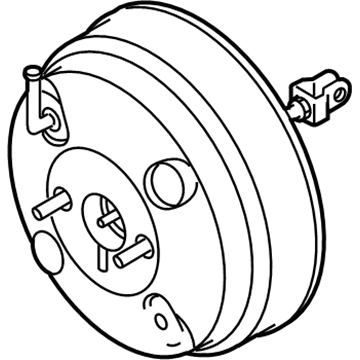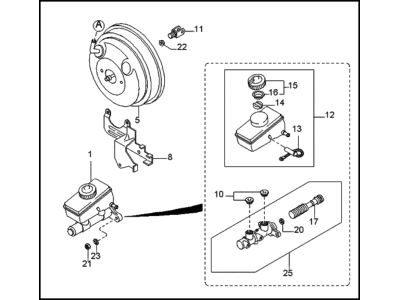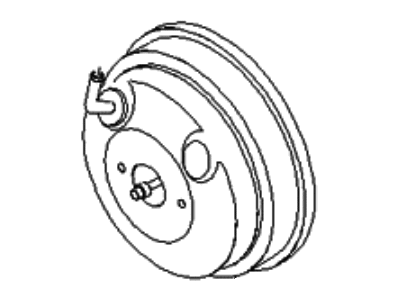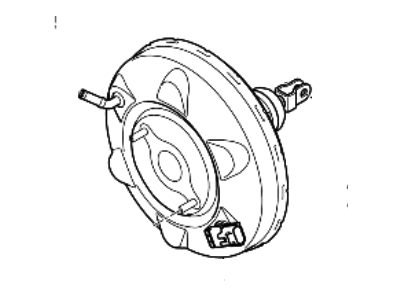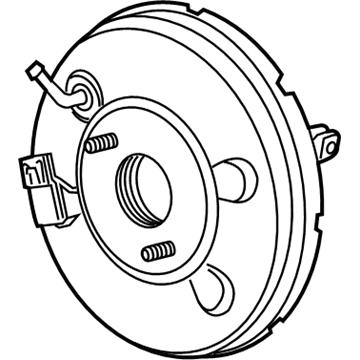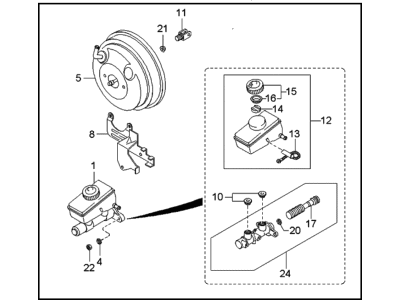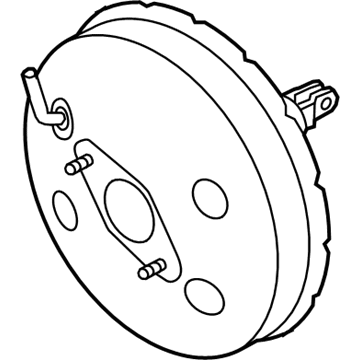×
- Hello
- Login or Register
- Quick Links
- Live Chat
- Track Order
- Parts Availability
- RMA
- Help Center
- Contact Us
- Shop for
- Kia Parts
- Kia Accessories

My Garage
My Account
Cart
Genuine Kia Sportage Brake Booster
Brake Power Booster- Select Vehicle by Model
- Select Vehicle by VIN
Select Vehicle by Model
orMake
Model
Year
Select Vehicle by VIN
For the most accurate results, select vehicle by your VIN (Vehicle Identification Number).
24 Brake Boosters found
Kia Sportage Booster Assembly-Brake
Part Number: 591102E200$400.70 MSRP: $576.72You Save: $176.02 (31%)Ships in 1-3 Business DaysKia Sportage Master Vac Assembly
Part Number: 0K08143950$410.83 MSRP: $577.82You Save: $166.99 (29%)Ships in 1-3 Business DaysKia Sportage Master VACUMM Assembly
Part Number: 0K08043950B$420.23 MSRP: $604.82You Save: $184.59 (31%)Ships in 1-3 Business DaysKia Sportage Master VACASSY
Part Number: 0K08B43950$435.50 MSRP: $612.52You Save: $177.02 (29%)Ships in 1-3 Business DaysKia Sportage Master Vacuum
Part Number: 0K08A43800$355.09 MSRP: $511.07You Save: $155.98 (31%)Ships in 1-3 Business DaysKia Sportage BOOSTER ASSY-BRAKE
Part Number: 59110CW200$193.32 MSRP: $276.57You Save: $83.25 (31%)Ships in 1-3 Business DaysKia Sportage Booster Assembly-Brake
Part Number: 59110D9200$458.57 MSRP: $660.00You Save: $201.43 (31%)Kia Sportage Master Vacuum
Part Number: 0K08043800$355.09 MSRP: $511.07You Save: $155.98 (31%)Ships in 1-3 Business DaysKia Sportage Master VACUMM Assembly
Part Number: 0K08A43950B$389.33 MSRP: $547.59You Save: $158.26 (29%)Ships in 1-3 Business DaysKia Sportage Master Vacuum Assembly
Part Number: 0K08A43950C$380.46 MSRP: $547.59You Save: $167.13 (31%)Ships in 1-3 Business DaysKia Sportage Master Vacuum Assembly
Part Number: 0K08B43950C$389.33 MSRP: $547.59You Save: $158.26 (29%)Ships in 1-3 Business DaysKia Sportage Master Vacuum Assembly
Part Number: 0K08B43950D$380.46 MSRP: $547.59You Save: $167.13 (31%)Ships in 1-3 Business DaysKia Sportage Master VACASSY
Part Number: 0K08A43950$397.52 MSRP: $572.14You Save: $174.62 (31%)Ships in 1-3 Business DaysKia Sportage Master VACASSY
Part Number: 0K08A43950A$397.52 MSRP: $572.14You Save: $174.62 (31%)Ships in 1-3 Business DaysKia Sportage Master VACASSY
Part Number: 0K08B43950B$397.52 MSRP: $572.14You Save: $174.62 (31%)Ships in 1-3 Business DaysKia Sportage Master VACASSY
Part Number: 0K08143950A$401.47 MSRP: $577.82You Save: $176.35 (31%)Ships in 1-3 Business DaysKia Sportage Master VACASSY
Part Number: 0K08143950B$403.16 MSRP: $580.25You Save: $177.09 (31%)Ships in 1-3 Business DaysKia Sportage Booster Assembly-Brake
Part Number: 591103W000$420.08 MSRP: $604.60You Save: $184.52 (31%)Ships in 1-3 Business DaysKia Sportage Master VACASSY
Part Number: 0K08B43950A$425.58 MSRP: $612.52You Save: $186.94 (31%)Ships in 1-3 Business DaysKia Sportage Master VACASSY
Part Number: 0K08043950$428.40 MSRP: $616.59You Save: $188.19 (31%)Ships in 1-3 Business Days
| Page 1 of 2 |Next >
1-20 of 24 Results
Kia Sportage Brake Booster
If you're in search of top-notch, reasonably priced OEM Kia Sportage Brake Booster, then you've found the perfect spot. Our website boasts an extensive inventory of Kia Sportage Brake Booster, all priced at the market's premier price. Rest assured, every genuine part we offer comes with a warranty straight from the manufacturer.
Kia Sportage Brake Booster Parts Questions & Experts Answers
- Q: How to Inspect and Maintain Brake Systems and Brake Booster on Kia Sportage?A:Brake inspections should be done after a specified period of time and they should also be frequently carried out whenever wheels are removed or when any brake system defect is suspected.Brake pulling to one side, squealing or dragging brake noises, excessive travel on the brake pedal, pulsation in the pedal, and leakages of the brake fluid warn a driver about his/her brake system Disc brakes can be assessed visually through removing hub caps, loosening wheel lug nuts, jacking up the vehicle with a jackstand and remove the wheels giving access to disc brake caliper and pads.Inspect both inner and outer wear pads comparing measurements with specified limits. Replace once it goes below. Also inspect the disc for worn spots, score marks or burnt spots wherein it will require servicing or replacement if these are noticed. Brake lines and hoses need to be examined for signs of damage, wear and leaks before wheel installation.For rear drum models of drum brakes tap their drums to free them by making sure that parking brake is off.Spray cleaner on all parts of the brake assembly including shoes' lining thickness at front and back which will have to be replaced in case it falls below required limit or show indications for damage or fluid contamination.Ensure all springs related to the assembly are intact as well as inspect whether there are any fluid leakage especially in a wheel cylinder.If necessary clean interior part of drum looking out for imperfections then take another set of wheels into consideration.The operation capability of a booster can be tested following certain steps whereas proper adjustment of parking brakes can either involve counting clicks during slow application or testing on steep slope so as to prevent rolling away.
Related Kia Sportage Parts
Browse by Year
2024 Brake Booster 2023 Brake Booster 2022 Brake Booster 2021 Brake Booster 2020 Brake Booster 2019 Brake Booster 2018 Brake Booster 2017 Brake Booster 2016 Brake Booster 2015 Brake Booster 2014 Brake Booster 2013 Brake Booster 2012 Brake Booster 2011 Brake Booster 2010 Brake Booster 2009 Brake Booster 2008 Brake Booster 2007 Brake Booster 2006 Brake Booster 2005 Brake Booster 2002 Brake Booster 2001 Brake Booster 2000 Brake Booster 1999 Brake Booster 1998 Brake Booster 1997 Brake Booster
